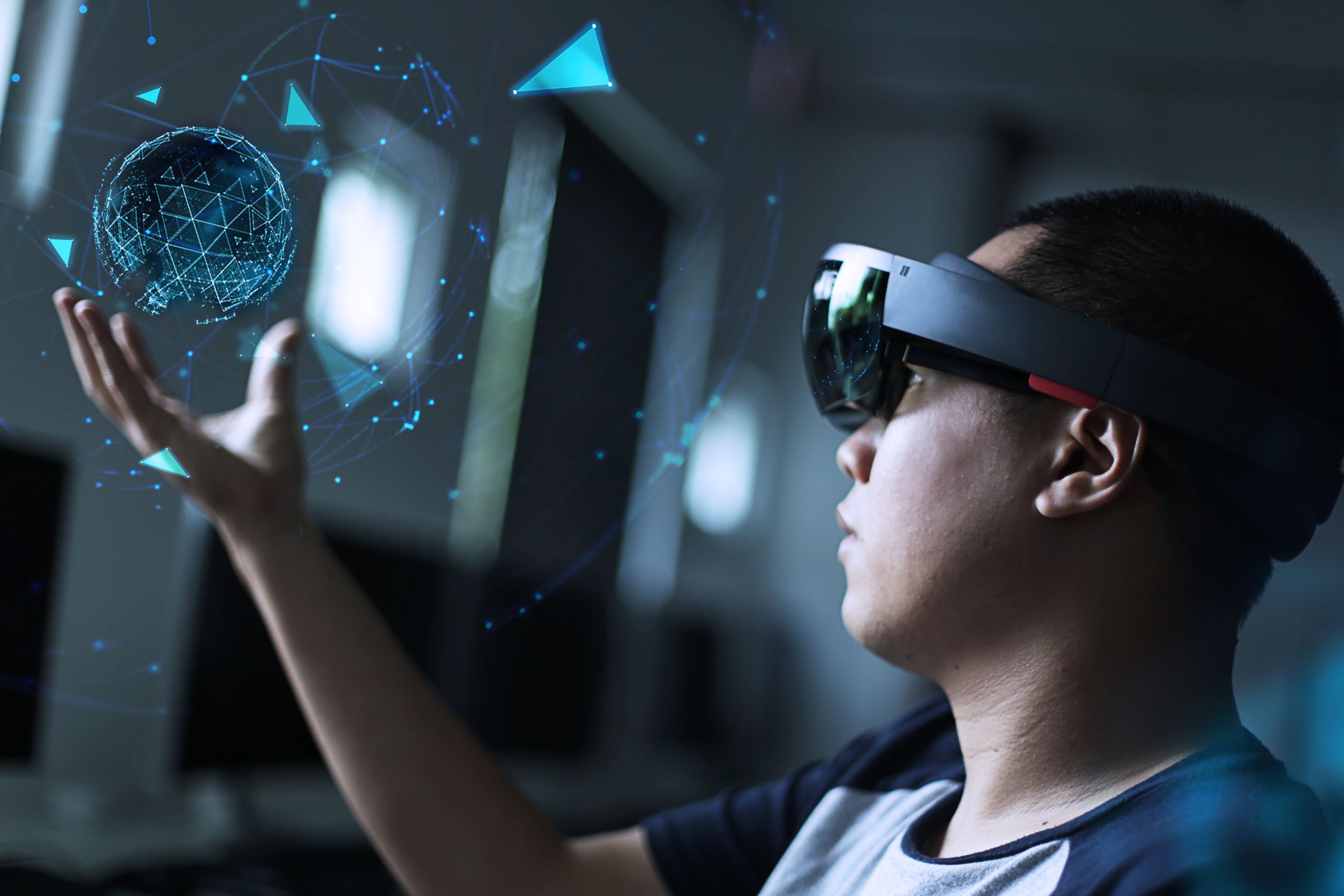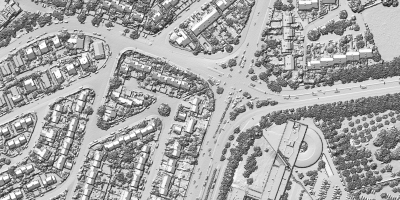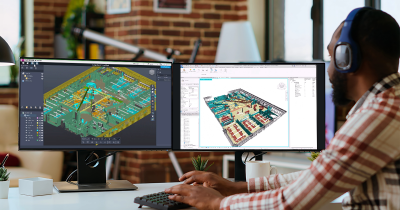Looking around the enterprise world right now, regardless of specific industry, one of the biggest throughlines is the increased value being placed on 3D visualization tools. It’s always been more valuable for humans to look at a 3D representation of an object – whether it be a building design, a map, or anything else – rather than viewing it in two dimensions, but the technology to do so has lagged until recently. Now, as applications become both more powerful and more accessible, the demand for these tools is growing, a fact made evident in part by the increasing relationship between gaming companies who specialize in 3D graphics and both the geospatial and design industries.
Everything points towards these trends only continuing to grow in recent years. As it becomes more accessible to collect the data necessary to create accurate 3D models of real-life objects, the demand will increase for innovative ways to visualize this data. Mediums like augmented reality (AR), virtual reality (VR), and mixed reality (XR) have long been pegged as the technology of the future, and while there is still development needed in social uses of these tools, enterprise solutions are here in their early stages. It’s important for professionals who can utilize this technology to not only start as soon as they can, but also to stay up to date on the latest innovations to ensure they are deriving as much value as possible from their data.
With that in mind, Geo Week 2023 will feature a panel session discussing this area in depth. The session, Advanced Visualization and Applications of AR/VR/XR, will take place on February 13 at 4:00 PM MT and will include five individual presentations before the individual speakers come together to hit on some broader topics in a roundtable discussion. Things will kick off with the following presenters:
William Wallace, Founder and CEO at AR Mavericks, Inc., will be discussing augmented reality in the built world. Tapping into his expertise in the world of AR, Wallace will focus on ways owner-operators can return value from location-intelligence data in a way that has been underutilized in the past. He’ll look at the state of AR in the built-world space, review tools that are available today to get started, and show demonstrations of current systems.
Kevin Dowling, CEO at Kaarta, will focus on advanced visualization specifically within the world of Thematic Mapping, which Dowling calls out as the next advancement in reality capture. He’ll discuss how the advancements SLAM-based mobile mapping have led to capturing the visible environment, and will touch on ways it can be used to “make the invisible visible” by bringing in data from sensors that can detect this “invisible” information.
Mark Franklin, Manager of Technology at Innovation at Kleinfelder, will talk about creating animations and videos with reality capture data. He notes that much of his work is done in aging facilities where existing drawings, models, or information can be difficult to find. That led to collecting 3D lidar data of these facilities, which can be used within a variety of visualization tools to create the aforementioned animations. He’ll talk about the return on investment seen with this, and what it can look like in the future.
Nicolas Fonta, Director and General Manager of XR at Autodesk, Inc., will focus on the design review side of workflows. Drawing from Autodesk’s expertise on the AEC industry, and particularly the design portion of projects, he will touch on the ways XR can be used for collaborative efforts. This is a particularly prescient time for this discussion as companies around the world are switching to hybrid and fully remote work models, and Fonta will talk about how XR can assist that transition and ensure that real-time, productive collaboration can still take place throughout a design project.
Sandor Laszlo, Regional Manager of Geospatial at WGI, and Martin Rapos, CEO at AKULAR, will team up for a discussion around virtual field visits. They will discuss the value that can be returned by visualizing large-scale point cloud data in a VR environment, allowing for collaborative field visits. The discussion will hit on both current systems for this as well as what future applications could potentially look like.
The world of 3D visualization, particularly when it comes to the specific applications of AR/VR/XR, are constantly changing, which makes these kinds of presentations particularly valuable. In this session, a variety of viewpoints and industries will be highlighting different use cases and solutions, all with the same goal of returning more value within individual projects. After these five presentations, the group will come together to further discuss both where things stand now in the world of advanced visualization, and perhaps more importantly what the future could look like in the space.






